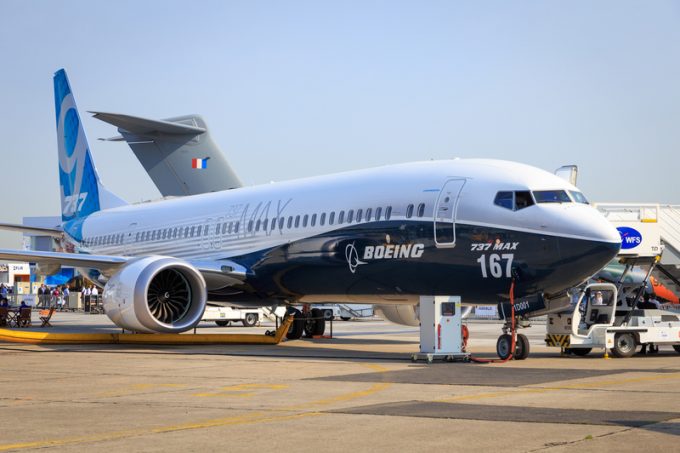Fewer freighter conversions, despite feedstock availability and demand
IBA’s latest freighter market data has revealed that aircraft conversions have declined, while feedstock prices ...

The latest incident involving a Boeing 737-9 MAX has resulted in the temporary grounding of 171 aircraft, but if the problem is not resolved soon, it could also have repercussions for freighter conversions.
On Friday, Alaska Airlines’ flight 1282 was forced to return to Portland International ...

Comment on this article